Familiarize your kids with cooking utensils and terminology early. As they age, incrementally introduce them to the art of preparing and cooking food. Here are ten cooking tips everyone should know by age 10.
10. Handwashing
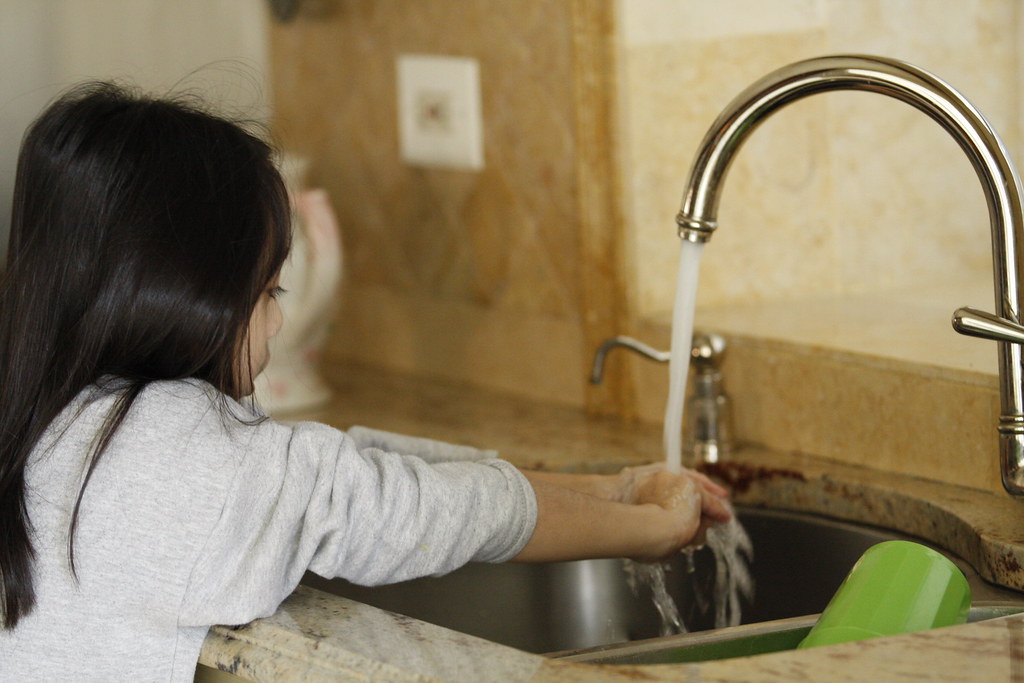
Teach your children to wash their hands before touching or preparing food. The National Institutes of Health recommends allowing the water to wet the hands and wrists thoroughly. Using soap, preferably antimicrobial, scrub hands underwater with a vigorish motion for at least 15-20 seconds. Also, wash hands after touching food, like raw meat, to prevent cross-contamination.
9. Observation and Doing the Dishes
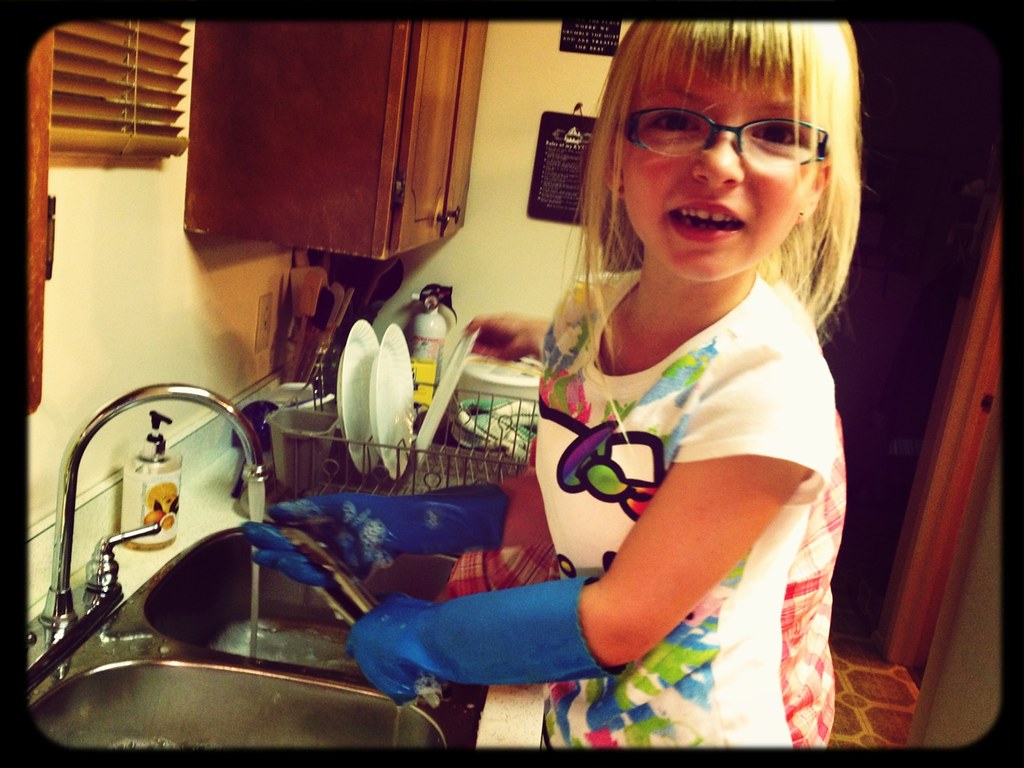
Help your kids become familiar with cooking instruments by having them observe you preparing and cooking recipes. When the cooking is finished, have them help you with the cleanup. Let them wash bowls, spatulas, whisks, pots, etc. Tell them the names of each item they pick up to wash, and have them repeat it to learn the terminology.
8. Preparing a Sandwich
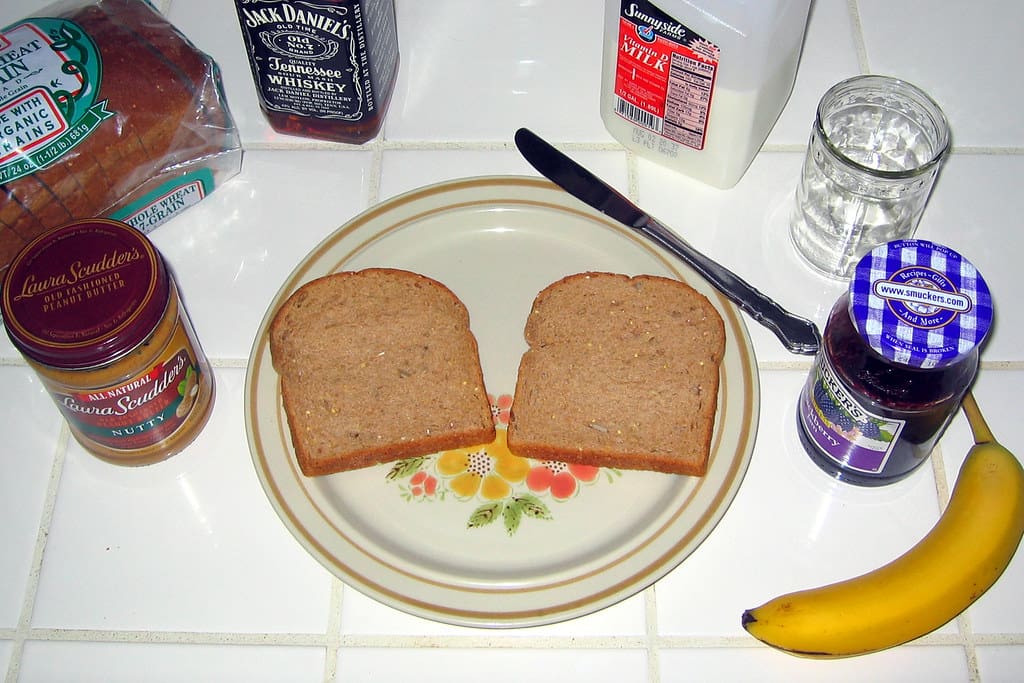
Teach your children how to make a basic sandwich, such as peanut butter and jelly. They can learn as early as age 4 or 5. As they age, teach them to make more complicated sandwiches. This will familiarize them with the art of food preparation. By age 10, it’s time to learn stove usage by making a grilled cheese.
7. Understanding Basic Measures
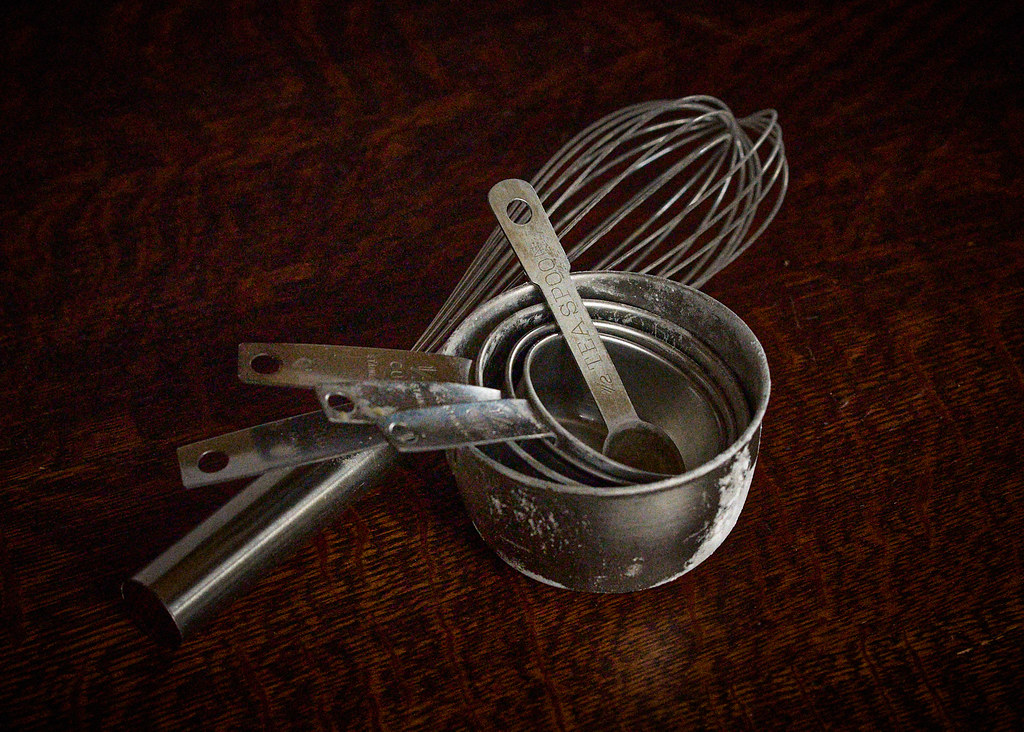
Teach your children to learn basic kitchen measurements by observing and helping you as you measure and pour ingredients. Familiarize them with measurement tools for both dry and liquid measures. Teach them teaspoons, tablespoons, ounces, and the different fractions of cups. Soon, they’ll be able to look at an ingredient list and handle the measurements independently.
6. Understanding Basic Cooking Terms
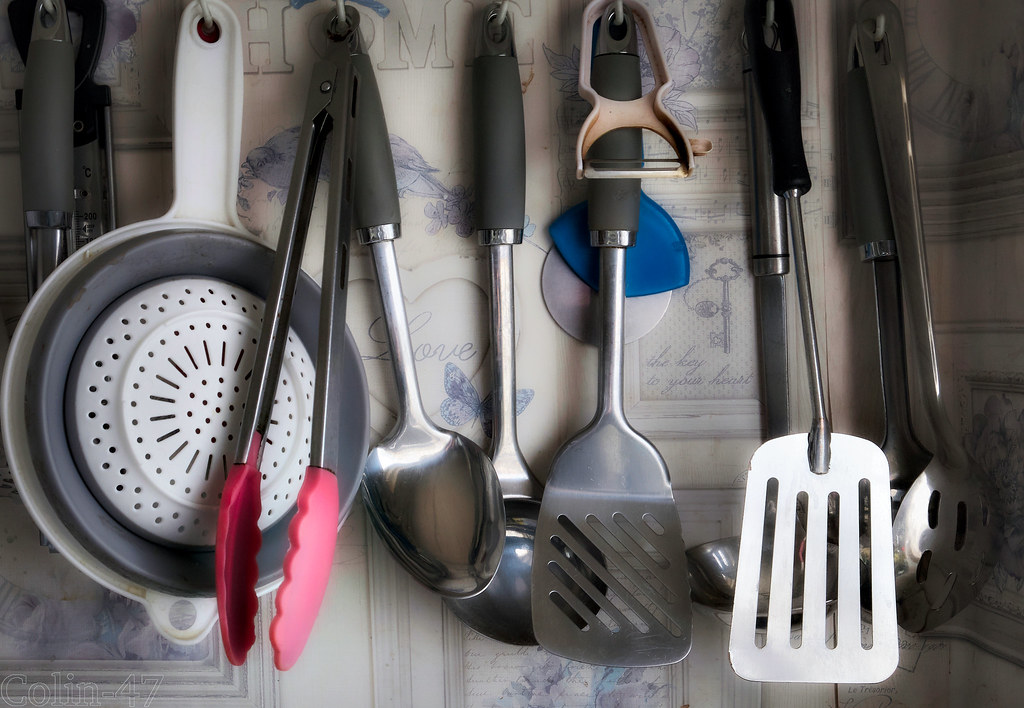
Learning cooking terms encompasses a wide variety of areas. First, preparation tools and utensils, such as spatulas, wooden spoons, whisks, etc. Then, dishes and appliances such as mixing bowls, mixers, blenders, etc. Next, cookware such as pots, pans, skillets, baking pans, muffin tins, etc. Then, cooking methods such as heating, boiling, frying, baking, grilling, roasting, etc.
5. Following Simple Recipes
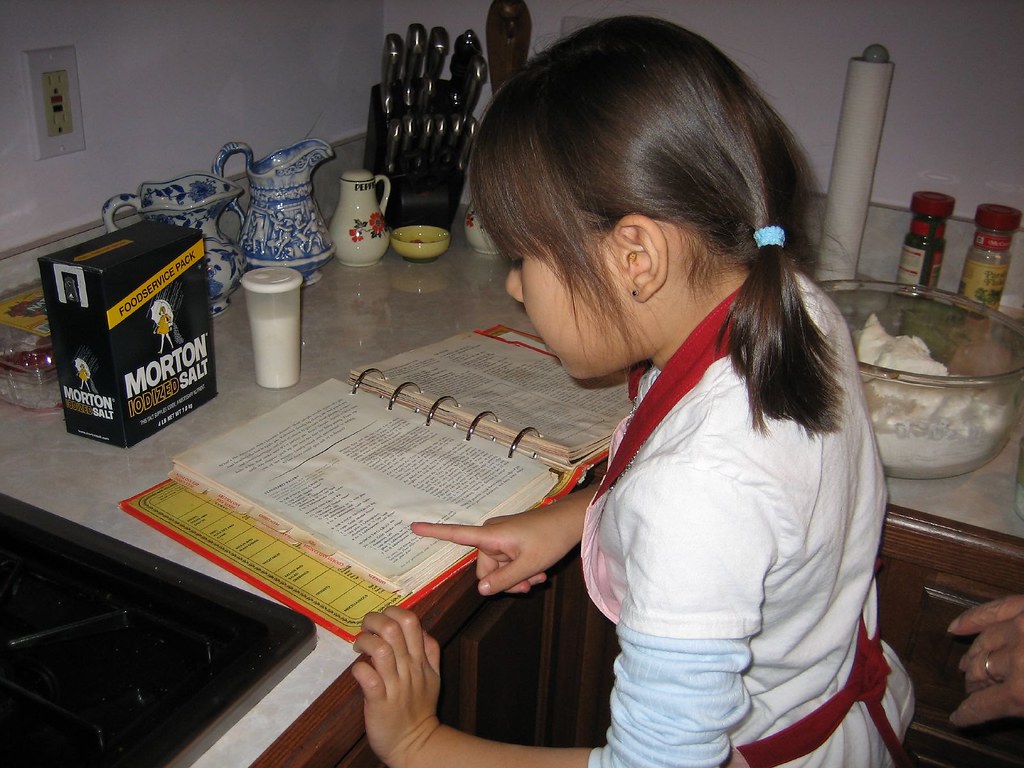
Start by having your children observe how you read and work through a recipe. Engage their assistance as much as possible. The goal, through repetition, is to progress your kids toward taking over more and more of the work. Also, purposely make some easy recipes with the aim of them doing most or all of the work.
4. Handling Raw Meat
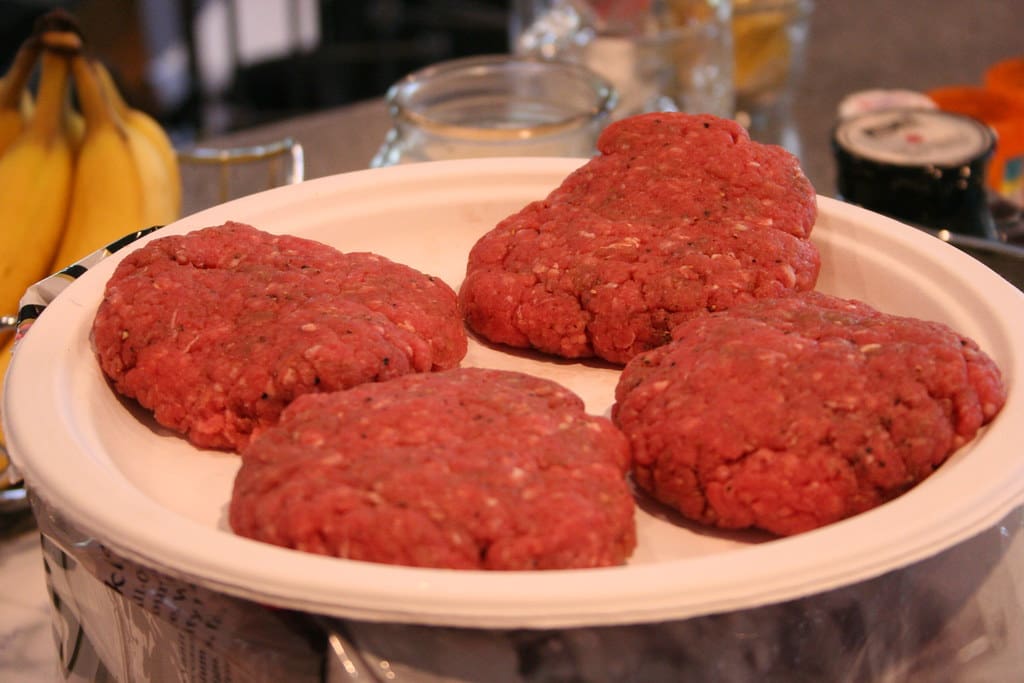
Teaching your children food safety, especially with raw meat, is an essential kitchen scale. According to the USDA, the four rules for handling and preparing food safely are: Clean, separate, cook, and chill. Teach them the importance of promptly refrigerating leftovers. Download the “Kitchen Companion: Your Safe Food Handbook” from the USDA.
3. Using a Peeler and a Grater
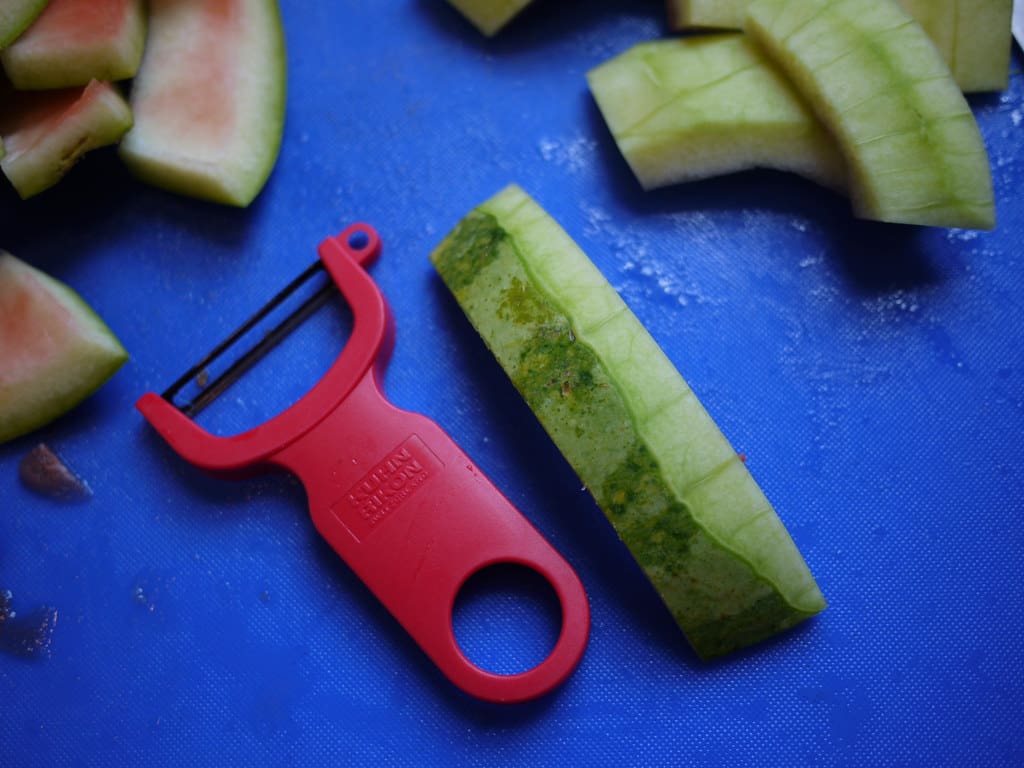
Age 10 may still be too young for a child to use a sharp knife, depending on their level of comprehension and dexterity. However, with adult supervision, they can learn to safely use a peeler for carrots and potatoes. They can also learn to use a box cheese grater and its other options, such as its vegetable slicer and zester.
Read More: Best Instant Pots for 2023: Amazon Buyer’s Guide
2. Basic Baking
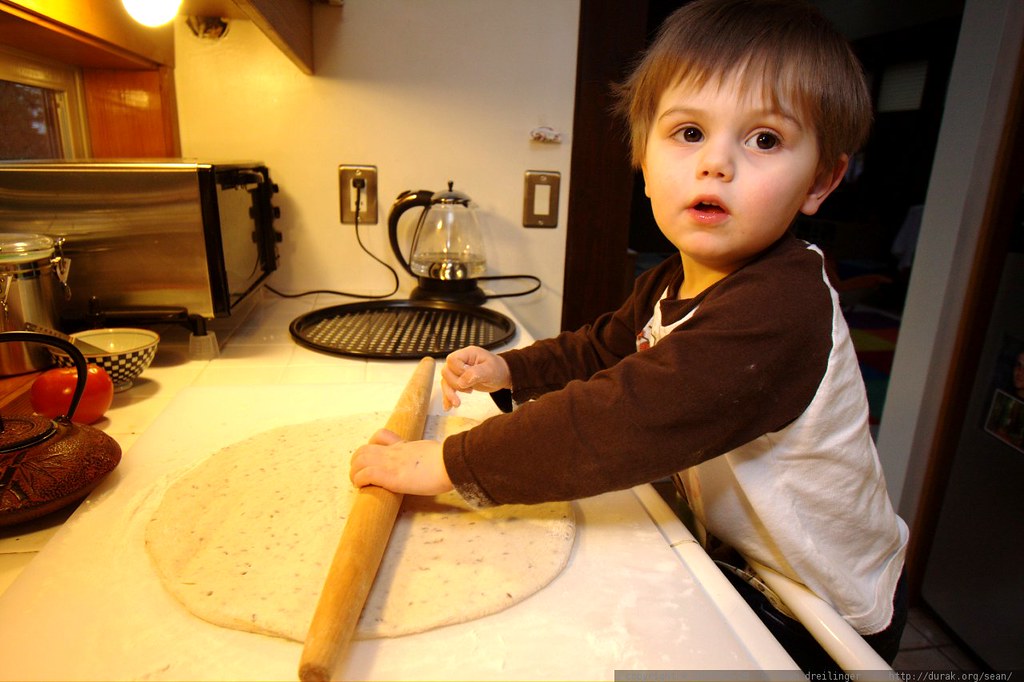
Teach your children the art of basic baking, which will bring together the skills they’ve learned, like measurements and preparations. Start with something simple like muffins. Next, have them learn the skills of making and rolling dough and creating shapes, such as homemade cookies. Then, move on to more advanced things like pies, shaped and latticed crusts, and more.
Read More: 7 Kitchen Gadgets That’ll Make Cooking So Much Easier
1. Cooking on the Stove
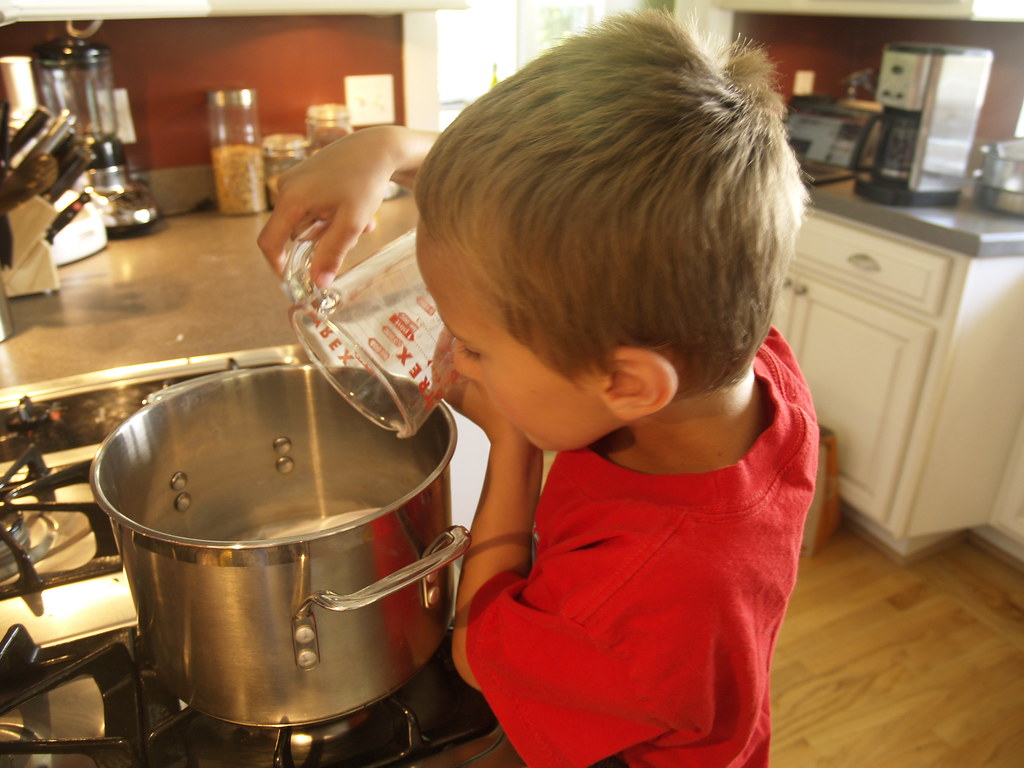
With adult supervision and an electric stovetop, ten-year-olds can begin stove cooking (you may want to wait longer if you have a gas range). Teach them to flip a pancake, scramble eggs, stir vegetables, or make a grilled cheese. *Safety tip: Make sure to teach your children to tie back long hair and never wear loose clothing around the stove.
Read More: 10 Ways to Teach Kids About Money









